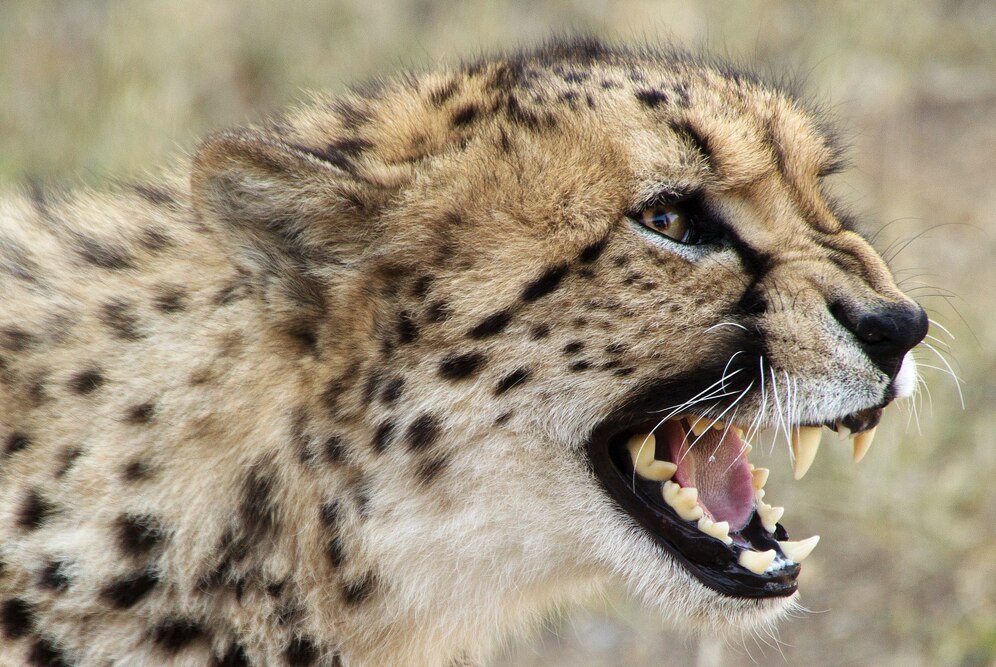Table of Contents
The Hunt Begins: Strategies of Animal Predators
Animal predators employ a wide range of strategies to catch their prey, from stealth and camouflage to speed and brute force. One common strategy used by predators is known as ambush hunting, where they lie in wait for their unsuspecting prey to come within striking distance. This is often seen in big cats such as lions and tigers, who rely on their powerful jaws and sharp teeth to quickly dispatch their victims. Another popular hunting technique is pursuit predation, where predators use their speed and agility to chase down their prey over long distances. This strategy is commonly employed by animals like cheetahs and wolves, who rely on their superior athleticism to tire out their quarry before going in for the kill. Some predators even use a combination of both ambush and pursuit tactics to maximize their chances of success. Regardless of the specific strategy employed, one thing is clear: animal predators are highly skilled hunters who have evolved a wide range of techniques to ensure their survival. By understanding these strategies, we can gain a deeper appreciation for the incredible diversity and adaptability of the natural world.
The Circle of Life: Predators and Prey in Ecosystems
In the complex web of life that makes up our planet’s ecosystems, predators play a crucial role in maintaining balance and diversity. By controlling the populations of prey species, predators help to prevent overgrazing and ensure that resources are distributed more evenly throughout the ecosystem. This in turn promotes the health and vitality of the entire community, leading to a more stable and resilient environment. Predators also act as a natural selection pressure on their prey, driving the evolution of adaptations that allow them to better evade capture. This constant arms race between predator and prey results in the development of a wide range of strategies and defenses, from camouflage and mimicry to speed and agility. In this way, predators help to shape the genetic diversity of their prey populations, driving the process of evolution forward. Ultimately, the relationship between predators and prey is a dynamic and complex one that is essential to the functioning of ecosystems around the world. By studying and understanding this intricate dance of life and death, we can gain a greater appreciation for the interconnectedness of all living things.
The Apex Predators: Masters of the Food Chain
At the top of the food chain sit the apex predators, the undisputed rulers of their respective domains. These animals have no natural predators of their own and play a vital role in regulating the populations of other species within their ecosystems. Examples of apex predators include the great white shark, which is known for its fearsome reputation as a top ocean predator, preying on a variety of marine animals with its powerful jaws and razor-sharp teeth. Another example is the African lion, a symbol of power and majesty, known for its dominance on the savannas of Africa. Apex predators are essential to the balance of their ecosystems, as they help control the populations of herbivores and prevent overgrazing, ensuring the health and diversity of the entire community. By studying these apex predators, we can gain insights into the intricate web of relationships that govern life in the natural world.
Photo source: freepik.com


